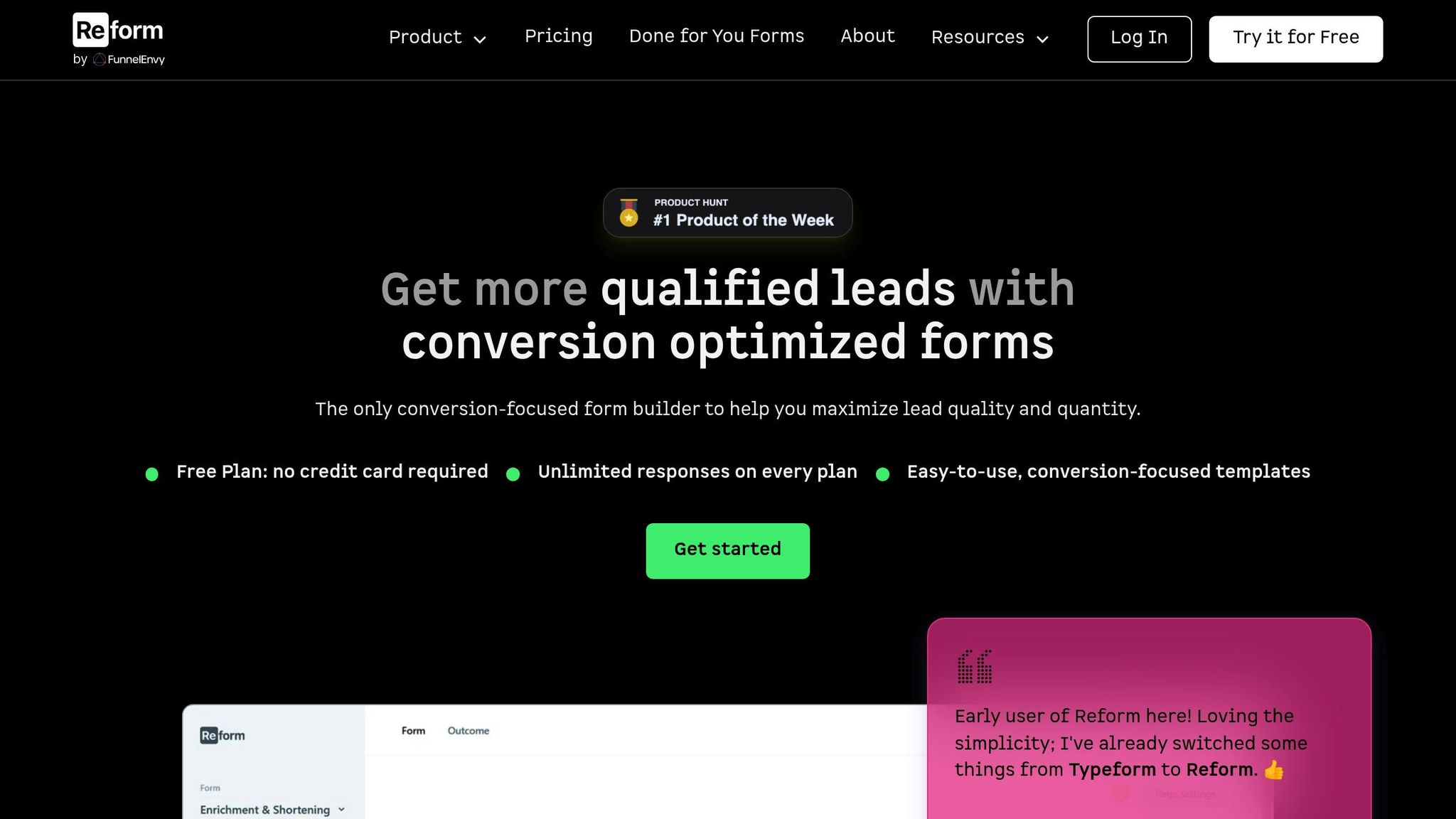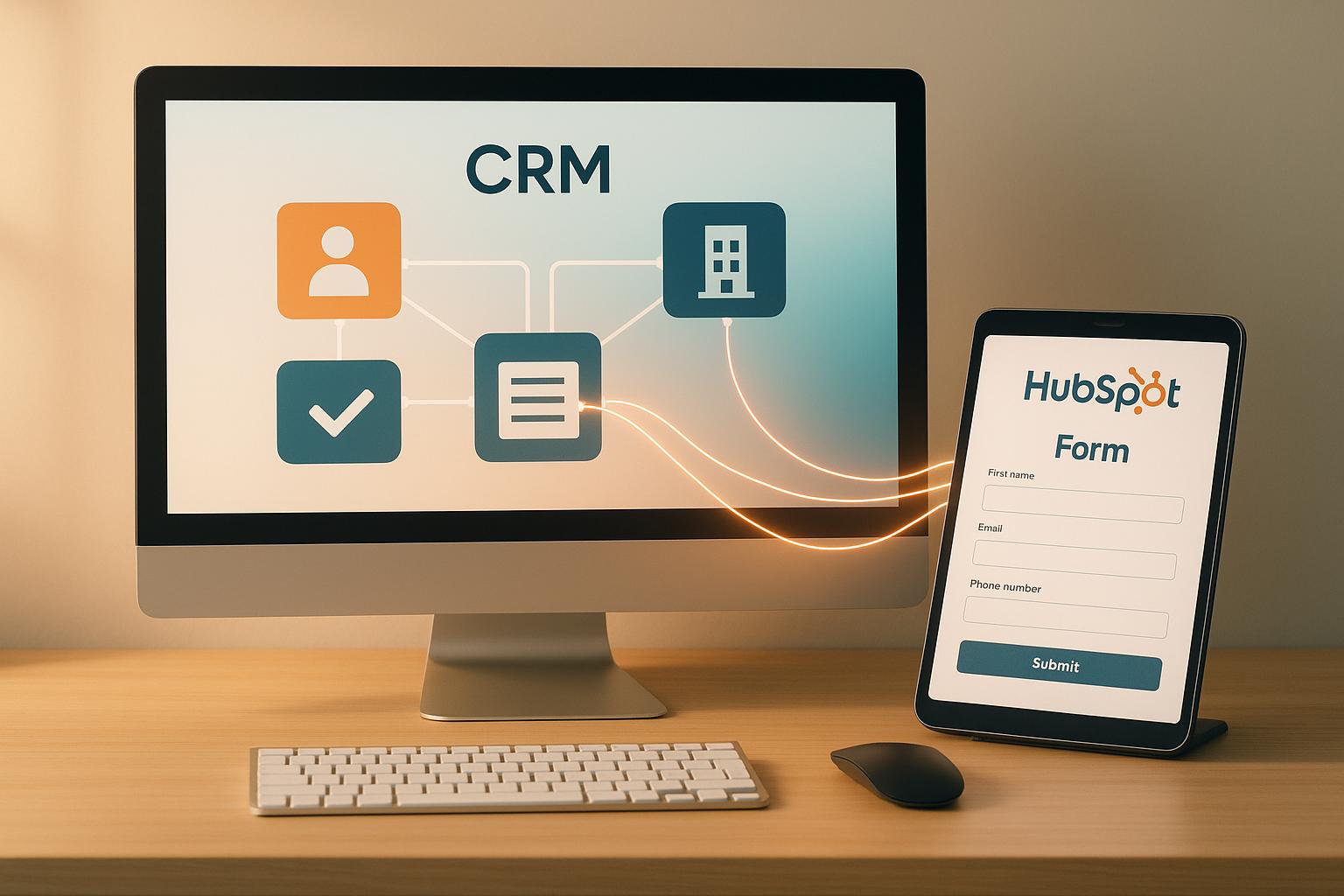Third-Party Data Sharing: Legal Pitfalls

Sharing data with third parties can boost efficiency but comes with legal risks. Poor vendor vetting, vague contracts, and privacy law violations are common pitfalls that can lead to fines, lawsuits, and reputational damage. Here's what you need to know:
- Vendor Oversight: Always assess vendors for security, compliance certifications (e.g., SOC 2, PCI DSS), and breach response plans.
- Contracts Matter: Ensure contracts clearly define data use, security measures, and liability. Avoid vague terms like "reasonable security."
- Privacy Laws: U.S. laws like CCPA, HIPAA, and state-specific rules require strict safeguards for data sharing. Cross-border transfers demand adherence to frameworks like SCCs or the EU-U.S. Data Privacy Framework.
- Minimize Data: Share only essential data. Anonymize or limit access where possible.
Key takeaway: Strong contracts, careful vendor selection, and compliance with privacy laws are essential to avoid costly mistakes.
Preventing non-compliant data sharing to marketing partners
Common Legal Pitfalls in Third-Party Data Sharing
Collaborating with external partners can offer many advantages, but it also comes with its fair share of legal risks. Many businesses stumble into trouble by overlooking critical safeguards. Let’s dive into some of the most common mistakes and how to steer clear of them.
Poor Vendor Due Diligence
One of the biggest missteps is failing to thoroughly vet potential vendors. Too often, organizations partner with third parties without digging into how they handle sensitive data, which can leave them exposed to legal and financial risks if something goes wrong.
For example, skipping a detailed security assessment is a common oversight. Some companies take vendors at their word when it comes to security claims, without asking for proof like documentation or independent audits. If a breach occurs, your company could still be held liable - even if the fault lies with the vendor.
Another red flag is working with vendors who lack essential compliance certifications. Depending on your industry, certifications such as SOC 2 Type II or PCI DSS may be mandatory. A vendor’s failure to meet these standards can jeopardize your compliance, no matter how strong your internal security measures are.
The financial fallout from these mistakes can be steep. Data breaches often lead to hefty regulatory fines, legal fees, and the cost of remediation. On top of that, the reputational damage can hurt customer trust and make it harder to attract new clients.
Vague or Overly Broad Contracts
Contracts that are unclear or too general can create serious problems. Without precise language, both parties may interpret their responsibilities differently, leading to disputes and compliance issues.
For instance, vague contracts might fail to set clear boundaries on how data can be used or to specify security requirements. If a vendor is allowed to use data "as needed", it opens the door to unauthorized use. Similarly, contracts that only require vendors to maintain "reasonable security" without detailing measures like encryption or access controls leave you with little protection if things go south.
Liability clauses are another area of concern. Some standard contracts shift most of the risk onto your organization, meaning that if a data breach occurs, you could bear the brunt of the financial and legal consequences while the vendor faces little to no accountability.
Additionally, allowing vendors to subcontract data processing without your oversight introduces another layer of risk. Each subcontractor represents another potential weak link in the chain, increasing the chances of mishandled or exposed data.
Privacy Law Violations
Legal risks escalate further when privacy laws come into play. Complying with these regulations is tricky enough on its own, but it becomes even more complicated when third parties are involved. If a vendor mishandles data, your organization could still face penalties.
In the U.S., laws like the CCPA, CPRA, and HIPAA require strict recordkeeping and safeguards for data sharing. For example, if a vendor fails to honor a deletion request or processes data without a valid legal basis, your company could be fined - even if the violation occurs on their end. In healthcare, the penalties for non-compliance can include both civil and criminal charges.
State-specific laws add another layer of complexity. The Illinois Biometric Information Privacy Act, for instance, demands explicit consent before sharing biometric data. Meanwhile, states like Virginia and Colorado have their own distinct rules for managing vendor relationships.
Sharing data internationally brings yet another set of challenges. Cross-border transfers often require legal mechanisms like Standard Contractual Clauses or adequacy decisions. Without these safeguards, you could unintentionally violate privacy laws in multiple jurisdictions, creating a domino effect of legal issues.
These challenges underscore the importance of carefully selecting vendors and drafting contracts that clearly define responsibilities. Doing so can help protect your organization from costly mistakes.
Regulatory Compliance Requirements
Navigating the maze of regulations is a must for any business sharing data with external partners. The legal landscape differs widely based on your industry, the type of data you handle, and where that data is sent. Missteps can lead to fines and legal headaches. Below, we’ll explore key U.S. privacy laws, cross-border data sharing rules, and the importance of vendor oversight to ensure compliance.
Major U.S. Privacy Laws
In the U.S., privacy laws like the California Consumer Privacy Act (CCPA) and its successor, the California Privacy Rights Act (CPRA), impose strict guidelines on businesses managing personal data of California residents. As of January 2023, these laws require companies to disclose how they share data with third parties and secure explicit consent before processing sensitive personal information.
One of the trickiest aspects of CCPA/CPRA is how they define the "sale" of personal information. Even if no money changes hands, granting a vendor access to customer data for their own use can trigger disclosure requirements. To stay compliant, businesses must keep detailed records of all third-party data-sharing arrangements and be ready to honor consumer requests to opt out.
For healthcare entities, HIPAA sets rigorous standards. Any third party handling protected health information (PHI) must sign a Business Associate Agreement (BAA) that clearly outlines how the data will be used, stored, and safeguarded. Healthcare providers remain legally responsible for any violations by their business associates, so careful vendor selection and monitoring are non-negotiable.
In the financial sector, the Gramm-Leach-Bliley Act (GLBA) requires institutions to issue annual privacy notices explaining their data-sharing practices. While certain types of data sharing are allowed without explicit consent, businesses must implement robust safeguards and include proper protections in their vendor contracts.
Other regulations add further complexity. The Children's Online Privacy Protection Act (COPPA) mandates verifiable parental consent before sharing data about children under 13. Similarly, laws like Illinois’ Biometric Information Privacy Act require written consent before collecting or sharing biometric data such as fingerprints or facial scans.
Cross-Border Data Sharing Rules
Sharing data internationally adds another layer of compliance challenges. The EU-U.S. Data Privacy Framework, introduced in 2023 to replace Privacy Shield, provides a legal pathway for transferring personal data from the EU to certified U.S. companies. Certification under this framework requires adherence to stringent privacy principles and is monitored by the Federal Trade Commission (FTC).
For businesses not certified under the framework, Standard Contractual Clauses (SCCs) remain the go-to solution for lawful data transfers. These pre-approved terms must be included in vendor agreements when personal data crosses borders. Updated in 2021, SCCs now include stricter data protection requirements and require businesses to conduct risk assessments.
Another option is relying on adequacy decisions, which allow data transfers to countries deemed by the European Commission to provide sufficient data protection. This list is short, including nations like Canada, Japan, and the United Kingdom. Transfers to other countries require additional safeguards. Some nations, such as China and Russia, have strict data localization laws that limit or outright ban certain types of cross-border transfers.
U.S. companies must also consider domestic regulations when sharing California resident data with international vendors. Compliance with both local and global standards is essential to avoid penalties.
Vendor Assessment and Monitoring
Ensuring compliance doesn’t stop once a vendor is chosen. Ongoing oversight is critical, including regular audits of certifications, security protocols, and incident response plans. Many privacy laws mandate this continuous monitoring to confirm that vendors meet the same data protection standards as the hiring company.
Request documentation from vendors on their security measures, incident response strategies, and employee training programs. These details help verify their ability to comply with applicable laws. Regular audits - typically conducted annually for high-risk data - should cover everything from security practices to data handling, subcontractor management, and adherence to contractual obligations.
Incident response plans must account for third-party relationships. Many laws require breach notifications within tight timeframes, often 72 hours or less. Vendor contracts should specify immediate notification of security incidents and require vendors to provide the information needed for regulatory reporting.
Finally, maintain detailed records of all assessments and audits. Regulatory agencies are increasingly holding companies accountable for their vendors’ failures. A thorough compliance program is no longer optional - it’s a critical safeguard for any business sharing data with external partners.
sbb-itb-5f36581
How to Reduce Third-Party Data Sharing Risks
Reducing risks in third-party data sharing requires a mix of strong contracts, careful data handling, and smart technology. By putting clear guidelines in place and minimizing unnecessary data exposure, you can protect sensitive information while keeping operations on track.
Creating Strong Contracts
A solid vendor agreement is your first line of defense. These contracts should clearly outline what data is being shared, how it can be used, and what happens if something goes wrong.
For example, if you're sharing customer emails for marketing purposes, the contract should explicitly limit their use to that purpose. Security responsibilities should also be detailed, requiring vendors to follow best practices like using strong encryption, controlling access, and conducting regular security reviews.
Periodic vendor audits are another key element - these ensure that your partners stick to the agreed-upon security measures. And don’t forget to include termination clauses that require vendors to either return or securely destroy any shared data when the partnership ends.
But even with strong contracts, sharing less data is always safer.
Data Minimization Strategies
Only share the data your vendors truly need. For instance, instead of providing full customer profiles, you might share just basic contact details.
Tailor the data you share to the specific service being provided. You can also take extra precautions, like limiting how long the vendor has access to the data or anonymizing it whenever possible. These steps reduce exposure and help protect sensitive information from falling into the wrong hands.
Using Tools Like Reform for Compliant Data Collection

Technology can play a big role in keeping third-party data sharing secure. Tools like Reform come with built-in compliance features that help you collect only the data you actually need. For example, email validation ensures the accuracy of contact details before they’re stored, while conditional routing adjusts data collection based on user responses.
Spam prevention features safeguard the integrity of your data collection process, and real-time analytics give you a clear view of how data is being managed. Plus, with seamless integrations into CRM and marketing platforms, these tools help maintain security during data transfers, reducing the risks tied to third-party sharing.
Penalties for Non-Compliance
Failing to properly manage third-party data sharing can lead to serious consequences. From hefty fines to damaged reputations, non-compliance comes with a price that businesses can't afford to ignore.
Fines and Regulatory Actions
State and federal privacy laws impose penalties based on the severity of violations and the mishandling of sensitive information. State attorneys general may enforce costly injunctive measures, requiring businesses to overhaul their compliance processes. Federal agencies often step in with mandates for comprehensive privacy programs and regular audits, which only add to the financial strain.
Reputational and Financial Damage
The fallout from non-compliance extends far beyond fines. Class action lawsuits and other legal actions can rack up enormous settlement and legal fees. On top of that, losing customer trust can make it more expensive to attract new customers while also increasing churn. Operational disruptions during compliance overhauls can halt productivity, and public breach announcements often lead to declining stock prices. Strained relationships with vendors and renegotiated contracts only add to the financial burden.
These risks highlight the importance of having strong safeguards in place for data-sharing practices.
Conclusion: Balancing Opportunity and Risk in Third-Party Data Sharing
Sharing data with third parties walks a fine line between tapping into growth opportunities and staying within legal boundaries. While collaborating with vendors can spark new ideas and efficiencies, it’s critical to manage the legal risks involved.
Effective data management is the key to turning potential risks into advantages. This requires a well-rounded approach - carefully selecting vendors, crafting clear and enforceable contracts, and maintaining compliance with privacy laws like the California Consumer Privacy Act and state-specific breach notification rules. Strong contracts and continuous oversight are non-negotiable in this process.
One effective way to reduce risk is by limiting the amount of data shared. Sharing only what’s absolutely necessary for operational needs can significantly lower exposure. This approach works even better when paired with privacy-first tools that embed compliance into their design.
Platforms like Reform make this easier by helping businesses collect only the data they need while ensuring security and legal compliance. Features such as real-time analytics and conditional routing allow companies to streamline data processes without sacrificing safety or regulatory adherence.
The consequences of non-compliance - both financial and reputational - are too steep to ignore. Businesses that adopt a proactive stance by implementing rigorous contracts, regularly assessing vendors, and using compliant technologies are better positioned to reap the benefits of third-party partnerships while keeping legal risks in check.
FAQs
What should I look for when choosing a third-party vendor for data sharing?
When selecting a third-party vendor for data sharing, it's crucial to assess their security measures. Look into key aspects like data encryption, access controls, and how they handle breach responses. Make sure they adhere to U.S. privacy laws, such as the California Consumer Privacy Act (CCPA), and have clear, ethical policies for managing data.
Take the time to examine their contractual obligations regarding data protection and privacy. Pay attention to any guarantees they offer for safeguarding sensitive information. It's also important to have open communication about their data handling practices and ensure they can integrate smoothly with your systems. This can help minimize risks and keep your operations aligned with legal requirements.
What steps can businesses take to comply with U.S. and international privacy laws when sharing data across borders?
To navigate U.S. and international privacy laws when sharing data across borders, businesses need to focus on a few critical practices. First, data minimization is essential - only collect and share the data that's absolutely necessary. Second, use encryption to protect sensitive information during transfers. And third, always secure clear user consent before sharing data.
It's also important to understand the legal requirements of each country, especially if there are restrictions on transferring data to specific regions. Establishing strong agreements for cross-border data sharing can help ensure compliance.
To keep up with changing regulations, businesses should regularly update their policies, conduct thorough audits, and train employees on best practices. These steps not only reduce risks but also promote responsible and lawful data handling.
What risks can arise from weak contracts and poor oversight in third-party data sharing agreements?
Weak contracts and lack of proper oversight in third-party data sharing agreements can leave your organization vulnerable to major risks. These risks include data breaches, which could result in hefty financial penalties, legal troubles, and a tarnished reputation. Without well-defined agreements and consistent monitoring, you may also face operational setbacks, unauthorized use of sensitive data, and a loss of control over critical information.
On top of that, failing to meet compliance standards often leads to regulatory fines and lawsuits. To avoid these pitfalls, it's essential to take proactive measures - like establishing strong contractual protections and maintaining regular oversight - to safeguard your business and minimize exposure to potential harm.
Related Blog Posts
Get new content delivered straight to your inbox

The Response
Updates on the Reform platform, insights on optimizing conversion rates, and tips to craft forms that convert.
Drive real results with form optimizations
Tested across hundreds of experiments, our strategies deliver a 215% lift in qualified leads for B2B and SaaS companies.





